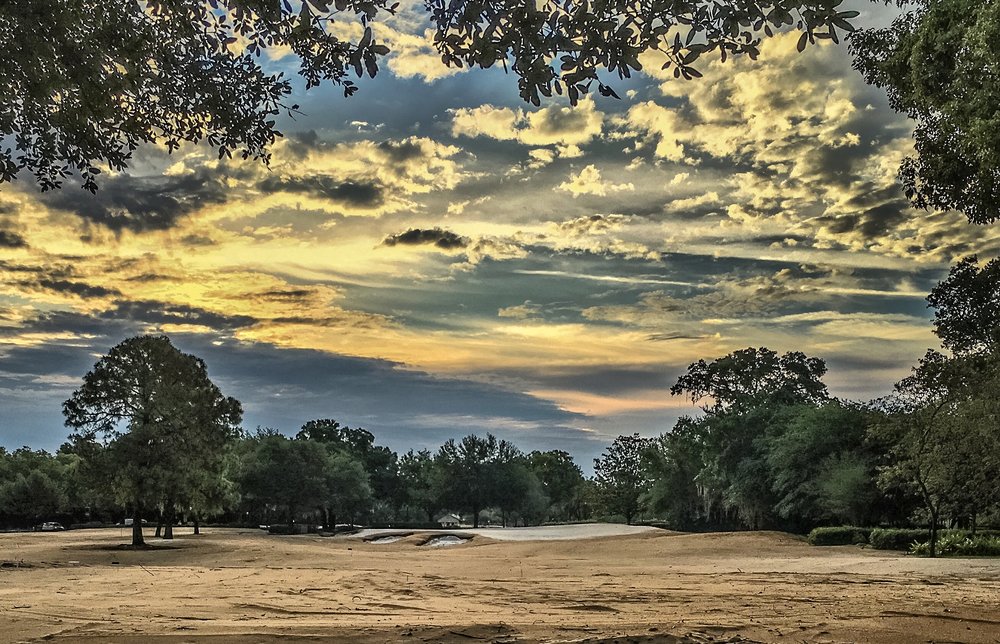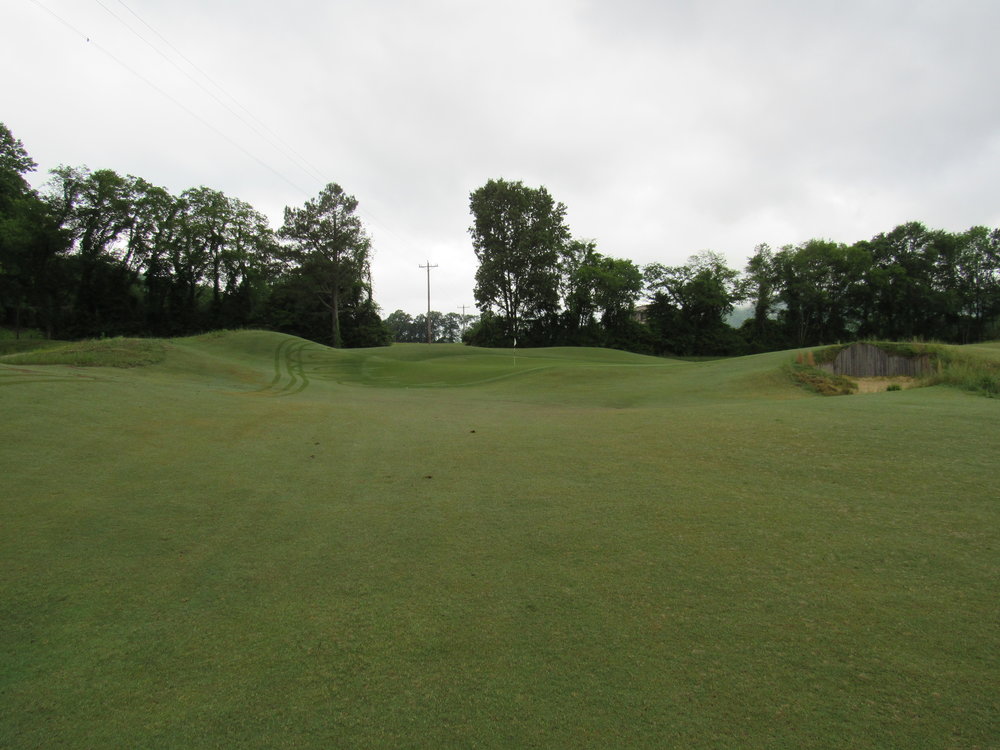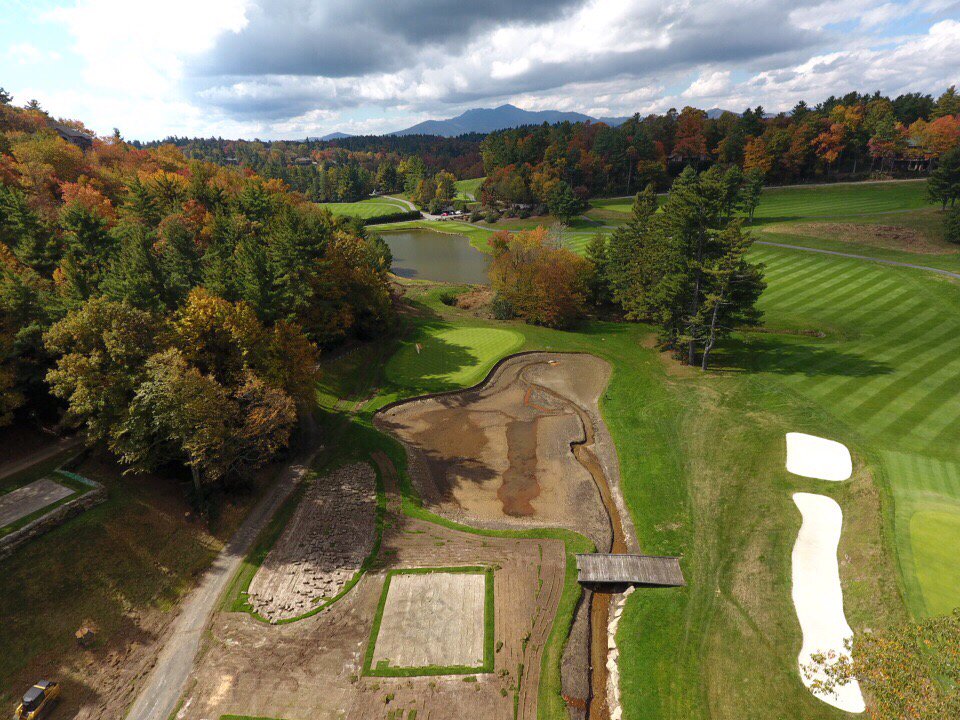A golfer’s enjoyment during their round usually comes down to a short list of factors – how they’re playing, their company on the course and how they like the golf course itself. Two of those factors are in their control, the one that isn’t is the golf course.
Over the years, I have become a fan of golf course architecture and since doing so, my judgment of golf courses has changed and my scores have lowered. While I have my own opinions on what good and bad architecture is, I thought it best to leave it to the experts.
I posed a simple question to some of the brightest minds in golf course architecture, and their answers are instructive.
What is good golf course architecture?
“All great architecture is strategic. There are very few areas in life that are black & white, but this happens to be one of them. Without strategy, a golf hole will quickly become monotonous and a bore to play. Conversely, the greatest holes in the world provide a varied and enduring challenge upon each encounter primarily because of their inherent strategic interest.” – Rob Collins, Golf Course Architect, King-Collins Design
“When I look out on a course and think, ‘That’s good golf course architecture,’ I see a course that is balanced. It is a design that fits the lay of land – not overdone, and not forced or working against the canvas that nature provides – yet it is playable.” – Keith Rhebb, Golf Course Architect, Rhebb Golf Design
“Good golf course architecture successfully marries science with art into a pleasing landscape for the game of golf to be enjoyed on. It is the combination of naturalness, variety, character, and strategy all fused together artfully which then requires the golfer to think, make choices, and take calculated risks. Setting the stage for golfers to execute difficult, interesting, joyful, and memorable golf shots is the ultimate goal of an architect. Satisfying shot making, or the ‘thrill of accomplishment’ is the soul of the game and a golf course architect’s job is to create the opportunity for this to occur.” – Riley Johns, Golf Course Architect, Integrative Golf Co.
“It is natural without symmetry, it inspires creative shot making, provides a balanced examination of the player’s game, is aesthetically pleasing, functional, interesting and fun with substantial variety.” – Kris Spence, Golf Course Architect, Kris Spence Golf Design
“It’s hard to go past Alister MacKenzie’s 13 Principles from 1920 and no one has said it better since. Physical beauty is obviously a great attraction but excludes awesome courses like Carnoustie. Difficulty is no prerequisite as Swinley Forest, Woking, Royal Melbourne West and Cypress Point prove. But all great holes have a point. They ask enduringly interesting questions and the best courses are made up of a significant number of them. Ultimately it’s what makes The Old Course the finest of them all.” – Michael Clayton, Golf Course Architect, Professional Golfer & Author, OCCM Golf
“Golf course architecture – broken down into its simplest form, just like other types of architecture, is a marriage of form and function. Form referring to the beauty, adventure, and variety that a golf course landscape can provide. Function being defined as playability, walkability, ease of maintenance, and challenge among many other things. Exceptional golf course architecture balances form and function perfectly, balances playability and adventure, balances variety and challenge, and should create an unforgettable experience for the golfer. If the design becomes unbalanced, the architect has failed.” – Casey Krahenbuhl, Golf Course Architect, DMK Golf Design
“I think good golf course architecture is about playability and having width. And at the same time having enough strategy involved to make the scratch player have to think on each hole.” – Zac Blair, PGA Tour player and aspiring golf course architect
There are clearly common themes in the responses from the architects, the ideas of playability, beauty, strategy and naturalness to name a few. While all of these architects share common ideas and goals, if you gave them all the same site, the work done would all be wildly different. This is what makes golf course architecture an art. Each course serves as the architect’s attempt to manipulate the natural landscape of a site to fit their perception of good golf course architecture.


 by
by 








